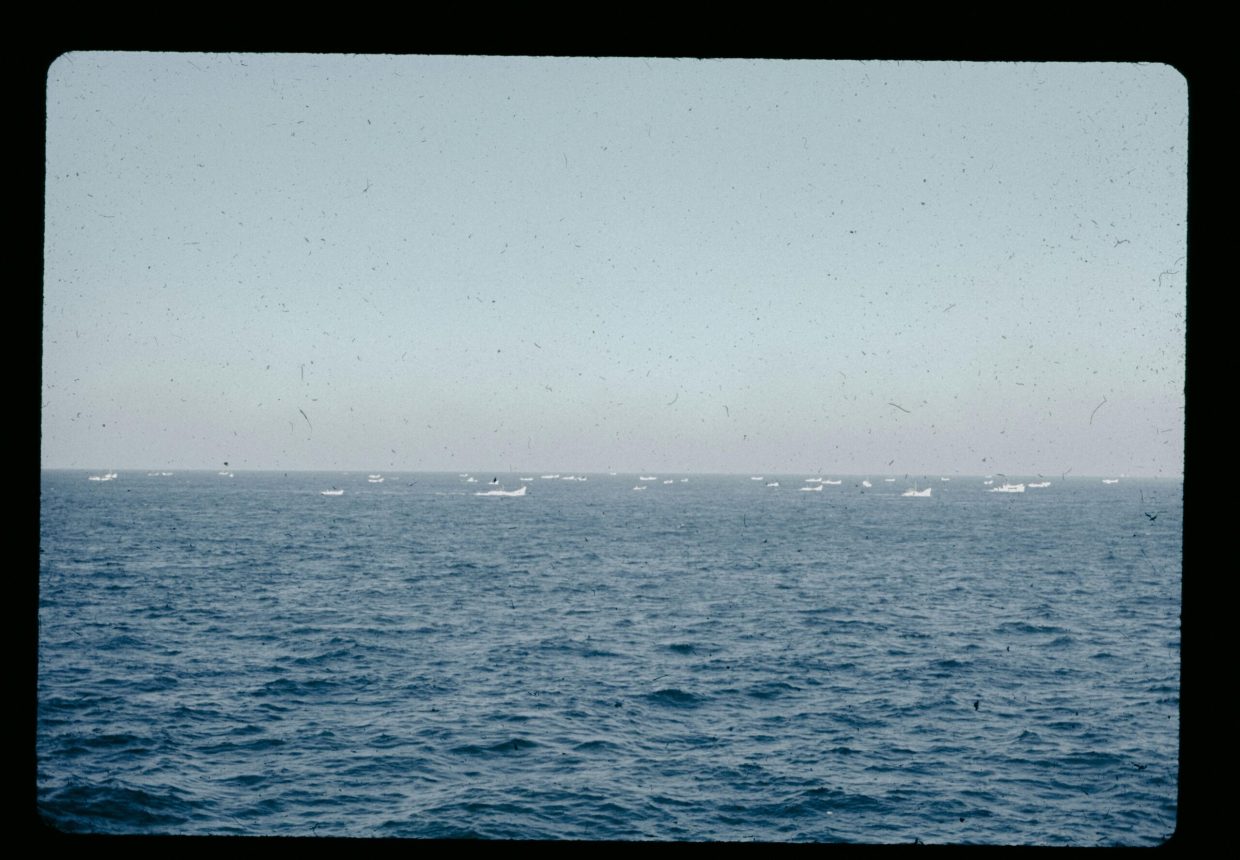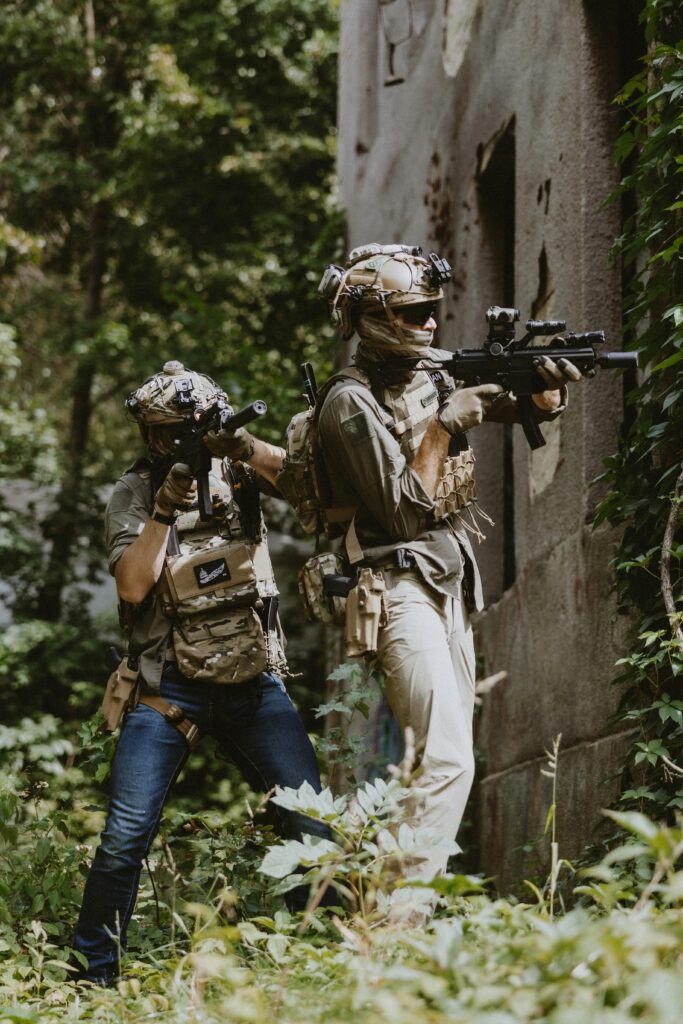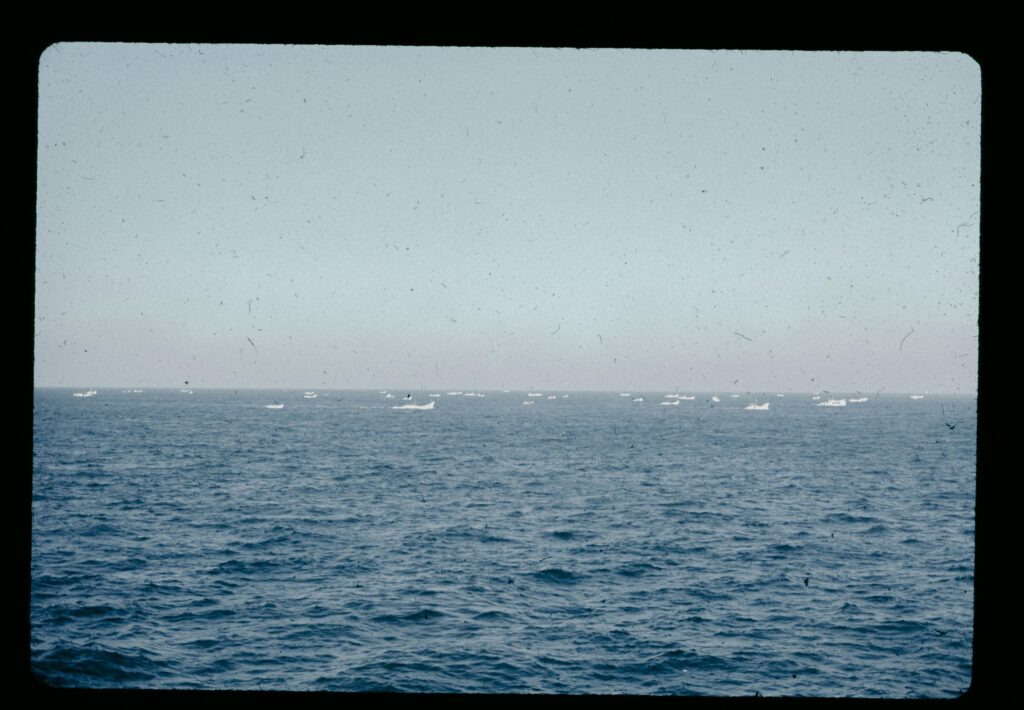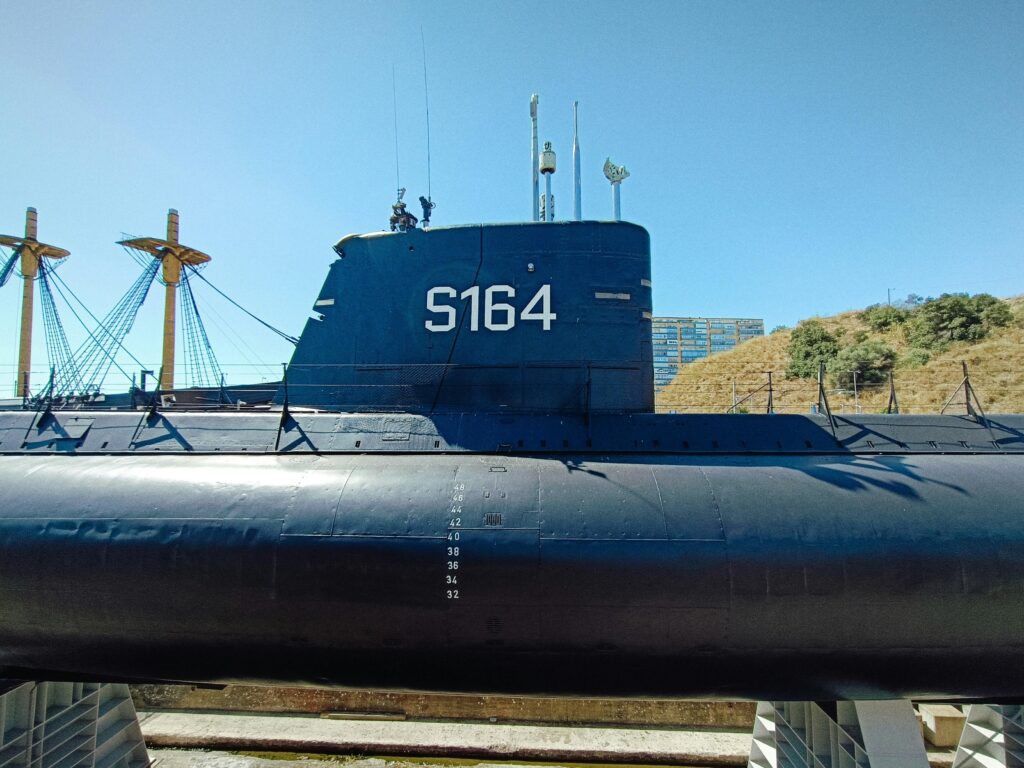The Battle of Midway stands as one of the most pivotal moments in naval history, marking a dramatic shift in the balance of power during World War II’s Pacific Theater. Fought in early June 1942, this fierce clash between the United States and Imperial Japan not only halted Japanese expansion but also showcased the critical role of intelligence, strategy, and aircraft carriers in modern naval warfare. In this article, we’ll explore how the Battle of Midway emerged as the turning point that reshaped the course of the Pacific naval wars and ultimately helped pave the way for Allied victory. Whether you’re a history enthusiast or new to the subject, join us as we dive into the strategies, key players, and lasting impact of this monumental conflict.
Table of Contents
- The Strategic Importance of Midway in World War II
- Key Tactical Maneuvers That Led to the Victory
- The Role of Intelligence and Codebreaking in Shaping the Outcome
- Lessons Learned and Modern Naval Warfare Implications
- Future Outlook
The Strategic Importance of Midway in World War II
Midway Atoll stood as a crucial outpost in the Pacific, serving as a linchpin for control over vast oceanic expanses. Its geographical positioning allowed Allied forces to extend their defensive perimeter, enabling early detection of enemy movements and offering a strategic launching pad for offensive operations. The island was not merely a remote speck in the Pacific; it was a vital hub for reconnaissance, refueling, and staging, which directly influenced the balance of naval power. Securing Midway meant the possibility to dominate sea lanes, protect supply chains, and project strength deep into enemy territory.
The battle for Midway underscored several critical military advantages:
- Control of airspace: Midway’s airfields enabled rapid deployment of fighter and bomber aircraft, crucial for intercepting enemy forces.
- Intelligence advantage: Codebreaking efforts centered around Midway gave the Allies forewarning of Japanese plans, tipping the scales before the conflict even began.
- Psychological impact: Holding Midway buoyed Allied morale while delivering a significant blow to Japanese ambitions, signaling a shift in momentum in the Pacific theater.
Thus, Midway’s strategic value extended beyond its physical assets, shaping the broader operational landscape and influencing decisions at the highest levels of command.
Key Tactical Maneuvers That Led to the Victory
The triumph at Midway hinged on a series of meticulously orchestrated tactical maneuvers that showcased the U.S. Navy’s resilience and ingenuity. Foremost among these was the ambush strategy adopted by Admiral Chester Nimitz, leveraging decrypted Japanese communications to predict their attack plans. This allowed American forces to position their limited carriers strategically northeast of Midway Atoll, placing them in an ideal spot to surprise the enemy fleet. The use of carrier-based aircraft, especially dive bombers and torpedo planes, enabled rapid and precise strikes on the Japanese carriers, crippling their offensive capabilities in critical early moments of the battle.
Coordination between air reconnaissance and swift attack waves was another decisive element. Pilots launched multiple, well-timed sorties that kept Japanese forces off balance, while maintaining an aggressive posture despite heavier losses among U.S. torpedo squadrons. Key innovations included:
- Decentralized command decisions empowering squadron leaders to adapt swiftly amid the chaos.
- Overlapping flight patterns to saturate Japanese defenses with simultaneous assaults.
- Effective use of the island’s radar stations, providing early warnings of enemy movements.
These maneuvers synchronized into a seamless offensive that turned the tide of the Pacific naval war, demonstrating the profound impact of tactical innovation under pressure.
The Role of Intelligence and Codebreaking in Shaping the Outcome
One of the most critical factors that influenced the outcome of the Midway battle was the astonishing success of American intelligence and codebreaking efforts. The U.S. Navy’s cryptographers had managed to decipher key elements of the Japanese Naval code, enabling them to anticipate the timing and location of the Japanese attack. This advantage allowed the U.S. Pacific Fleet to prepare an ambush with precision, transforming what could have been a disastrous confrontation into a strategic victory. Aspects such as intercepted communications and the strategic use of misinformation played pivotal roles in tipping the scales. Without this breakthrough in intelligence, the balance of power in the Pacific might have looked very different.
Delving deeper into the elements that made the intelligence victory possible, it is important to highlight several key components:
- Cryptographic breakthroughs: The success of Station Hypo, led by Commander Joseph Rochefort, in cracking JN-25 was nothing short of revolutionary.
- Deceptive tactics: The U.S. cleverly confirmed Midway as the Japanese target by sending a fake message about fresh water shortages, which Japanese intercepts picked up, validating the intelligence.
- Coordinated communication: Efficient relaying of decrypted information between intelligence units and fleet commanders ensured timely and effective responses.
These intelligence triumphs not only shifted the momentum during the Battle of Midway but also marked a new era where information warfare became as decisive as the battleships and aircraft carriers themselves.
Lessons Learned and Modern Naval Warfare Implications
The Battle of Midway showcased several critical lessons that continue to shape modern naval doctrines and strategies. One of the most significant takeaways is the indispensable role of intelligence and cryptography. The ability of U.S. forces to decipher Japanese communication codes gave them a decisive advantage, emphasizing the modern necessity for integrated cyber warfare capabilities. Furthermore, air superiority emerged as a defining factor, shifting the focus from traditional battleship engagements to carrier-centric operations. This shift underlines the importance of flexibility and rapid response in naval tactics, where information dominance and air power can sway the tides of battle.
Modern naval forces must also recognize the growing complexity of multi-domain engagements inspired by lessons from Midway. To adapt, navies around the world now invest significantly in:
- Advanced surveillance and reconnaissance systems: Real-time intelligence gathering and sharing are critical for maintaining situational awareness.
- Integrated command and control networks: Seamless coordination between air, sea, and cyber units ensures faster decision-making and operational agility.
- Power projection via aircraft carriers: Reflecting Midway’s demonstration, carriers remain essential assets for projecting force across vast maritime theaters.
These principles have undeniably influenced not just tactical engagements but also broader naval strategic planning, proving that the echoes of Midway resonate in today’s complex maritime security environment.
Future Outlook
The Battle of Midway stands as a defining moment in the Pacific theater of World War II, where strategy, intelligence, and courage converged to alter the course of history. This pivotal clash not only halted Japanese expansion but also shifted the momentum firmly in favor of the Allied forces. Understanding Midway’s significance helps us appreciate the complexities of naval warfare and the resilience of those who fought beneath the waves and above the skies. As we reflect on this critical turning point, it’s clear that the lessons learned continue to influence military strategy and remind us of the profound impact decisive moments can have on the broader tides of war.













